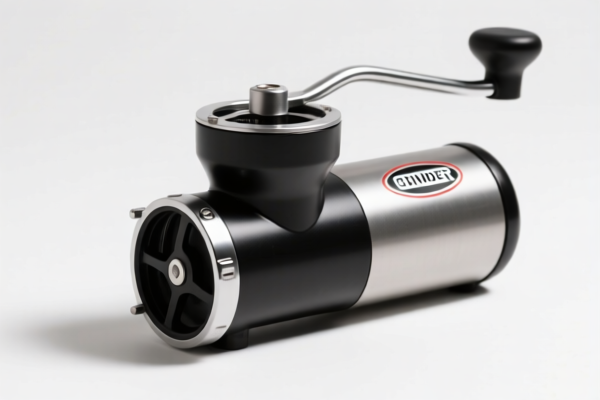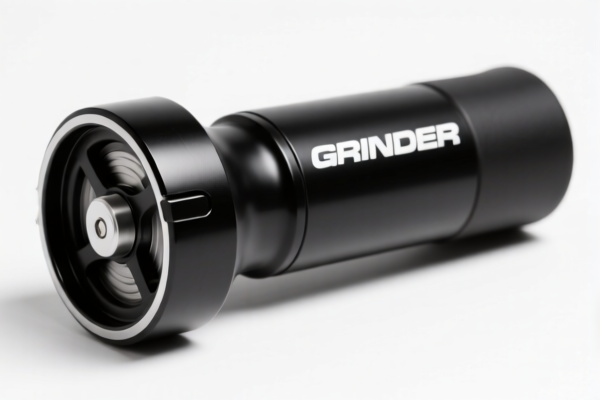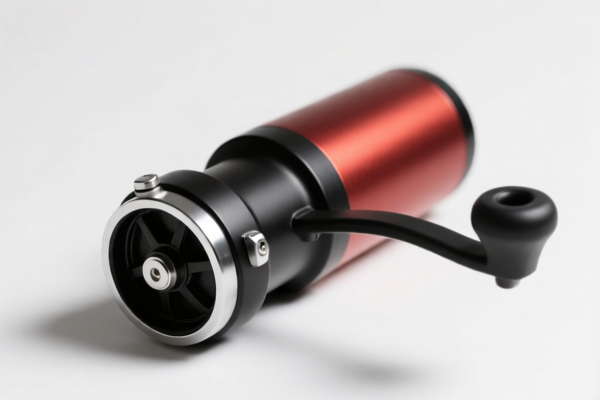| HS Code | Official Doc | Tariff Rate | Origin | Destination | Effective Date |
|---|---|---|---|---|---|
| 8460390010 | Doc | 59.4% | CN | US | 2025-05-12 |
| 8460904060 | Doc | 59.4% | CN | US | 2025-05-12 |
| 8461405020 | Doc | 59.4% | CN | US | 2025-05-12 |
| 8461906090 | Doc | 59.4% | CN | US | 2025-05-12 |
| 8487900080 | Doc | 83.9% | CN | US | 2025-05-12 |
| 8487900040 | Doc | 58.9% | CN | US | 2025-05-12 |
| 7228501020 | Doc | 30.0% | CN | US | 2025-05-12 |
| 7228800000 | Doc | 37.5% | CN | US | 2025-05-12 |
| 7215905000 | Doc | 30.0% | CN | US | 2025-05-12 |
| 7215500090 | Doc | 30.0% | CN | US | 2025-05-12 |
| 8205517500 | Doc | 58.7% | CN | US | 2025-05-12 |
| 8205595560 | Doc | 60.3% | CN | US | 2025-05-12 |
| 8206000000 | Doc | The rate of duty applicable to that article in the set subject t+30.0% | CN | US | 2025-05-12 |
| 8207903085 | Doc | 60.0% | CN | US | 2025-05-12 |
| 8207904500 | Doc | 34.8% | CN | US | 2025-05-12 |
| 6909195095 | Doc | 59.0% | CN | US | 2025-05-12 |
| 6909195010 | Doc | 59.0% | CN | US | 2025-05-12 |
| 6914108000 | Doc | 64.0% | CN | US | 2025-05-12 |
| 6914908000 | Doc | 60.6% | CN | US | 2025-05-12 |




Grinding Rod
A grinding rod, also known as a grinding stick or polishing rod, is a tool used for sharpening and polishing various materials, primarily metal, glass, and ceramics. It is a cylindrical rod, typically made from a variety of abrasive materials bound together.
Material:
- Aluminum Oxide: Common for general-purpose sharpening and polishing of metals. Offers good cutting ability and durability.
- Silicon Carbide: More aggressive than aluminum oxide, suitable for harder materials and faster material removal.
- Ceramic: Used for precision sharpening and polishing, creating very fine finishes.
- Diamond: The hardest abrasive material, employed for sharpening extremely hard materials like carbide tools and glass.
- Other Materials: Some rods utilize compounds like chromium oxide or rouge for specialized polishing applications.
- Bonding Agents: Resin, vitrified clay, or rubber are used to hold the abrasive particles together.
Purpose:
The primary purpose of a grinding rod is to remove material from a surface through abrasion, achieving:
- Sharpening: Restoring the cutting edge of tools like knives, chisels, and drill bits.
- Polishing: Creating a smooth, reflective surface by removing fine scratches and imperfections.
- Deburring: Removing sharp edges or burrs from machined parts.
- Shaping: Modifying the form of a material through controlled abrasion.
Function:
Grinding rods function by applying abrasive particles to a surface under pressure. The abrasive action removes material in the form of microscopic chips, gradually refining the surface. The effectiveness of the rod depends on the grit size, the applied pressure, and the speed of movement.
Usage Scenarios:
- Metalworking: Sharpening lathe tools, milling cutters, and other metalworking implements.
- Glassworking: Smoothing and polishing glass edges, creating bevels, and removing imperfections.
- Ceramics: Refining ceramic surfaces, removing glaze imperfections, and preparing surfaces for coating.
- Woodworking: Sharpening chisels, plane irons, and other woodworking tools.
- Jewelry Making: Polishing metal components and refining gemstone facets.
- Sculpting: Shaping and refining metal, glass, or ceramic sculptures.
Common Types:
- Hand-Held Rods: Used manually with varying levels of control and pressure. Often used with lubricating fluids.
- Rotary Rods: Mounted on rotary tools (like Dremels) for faster material removal and more consistent results.
- Diamond Hand Laps: Small, diamond-coated rods used for precision sharpening and polishing.
- Polishing Sticks: Softer rods coated with polishing compounds like rouge or chromium oxide for achieving high-gloss finishes.
- Flex Shaft Rods: Connected to a flexible shaft for accessing hard-to-reach areas.
- Mounted Points/Wheels: Abrasive material formed into conical or cylindrical shapes for more targeted abrasion.
Based on the provided information, “grinding rod” can be classified under several HS codes, depending on its material and specific application. Here's a breakdown:
-
7228.50.10.20: This code covers “Other bars and rods, not further worked than cold-formed or cold-finished: Of tool steel (other than high-speed steel): Other: With a maximum cross-sectional dimension of less than 18 mm: Of round or rectangular cross section with surfaces ground, milled or polished”. If the grinding rod is made of tool steel, has a cross-sectional dimension less than 18mm, and has a ground, milled, or polished surface, this is a relevant classification.
- Chapter 72: Iron and steel products.
- Heading 7228: Other bars and rods of alloy steel.
- Subheading 7228.50: Other bars and rods, not further worked than cold-formed or cold-finished.
- Further Breakdown: Specifically for tool steel with a maximum cross-sectional dimension of less than 18mm and a specific surface finish.
-
7215.90.50.00: This code covers “Other bars and rods of iron or nonalloy steel: Other: Other”. If the grinding rod is made of iron or nonalloy steel and doesn't fall into more specific categories within heading 7215, this code applies.
- Chapter 72: Iron and steel products.
- Heading 7215: Other bars and rods of iron or nonalloy steel.
- Subheading 7215.90: Other.
-
8207.90.45.00: This code covers “Interchangeable tools for handtools, whether or not power operated, or for machine-tools (for example, for pressing, stamping, punching, tapping, threading, drilling, boring, broaching, milling, turning or screwdriving), including dies for drawing or extruding metal, and rock drilling or earth boring tools; base metal parts thereof: Other interchangeable tools, and parts thereof: Other: Suitable for cutting metal, and parts thereof”. If the grinding rod is considered an interchangeable tool for cutting metal, this code may be applicable.
- Chapter 82: Handtools, pneumatic, hydraulic or with self-contained electric or non-electric motor.
- Heading 8207: Interchangeable tools for handtools.
- Subheading 8207.90: Other interchangeable tools.
-
6909.19.50.95: This code covers “Ceramic wares for laboratory, chemical or other technical uses; ceramic troughs, tubs and similar receptacles of a kind used in agriculture; ceramic pots, jars and similar articles of a kind used for the conveyance or packing of goods: Ceramic wares for laboratory, chemical or other technical uses: Other: Other Ceramic bearings”. If the grinding rod is made of ceramic and used as a bearing, this code may be applicable.
- Chapter 69: Ceramic products.
- Heading 6909: Ceramic wares for laboratory, chemical or other technical uses.
- Subheading 6909.19: Other.
Please note that the applicable tax rate for each HS code is as follows:
- 7228.50.10.20: Total tax rate: 30.0%.
- 7215.90.50.00: Total tax rate: 30.0%.
- 8207.90.45.00: Total tax rate: 34.8%.
- 6909.19.50.95: Total tax rate: 59.0%.
It is important to verify the material composition and intended use of the grinding rod to determine the most accurate HS code classification.
Customer Reviews
No reviews yet.